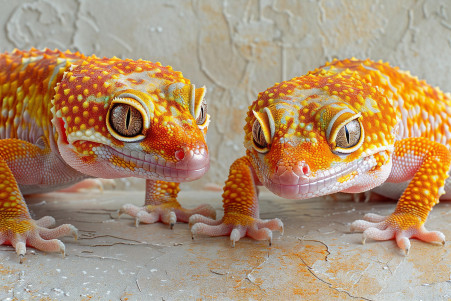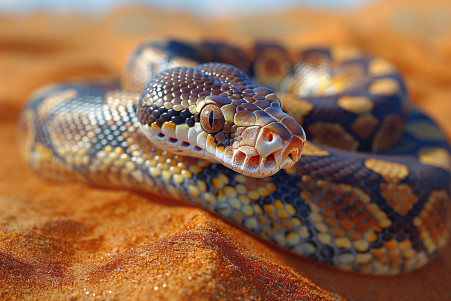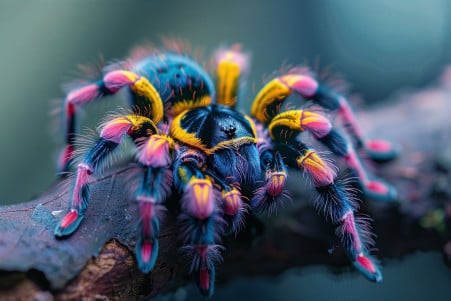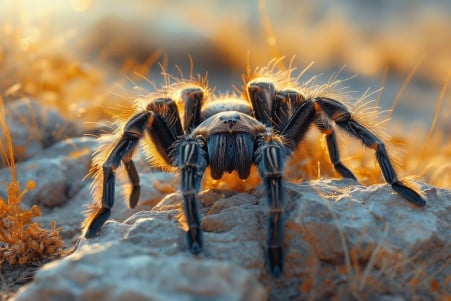Tagged With Tarantulas

How to Determine the Sex of Your Leopard Gecko: A Step-by-Step Guide
14 June 2024
How to tell the sex of a leopard gecko through physical attributes such as length, build, pores, and hemipenal swellings.

How Snakes Listen Without Ears: The Science of Snake Hearing
1 June 2024
Snakes do not have external ears, however, they have developed unique ways to sense and react to sound waves through bone conduction.

Sulcata Tortoise Size: How Large Can These Giants Grow?
31 May 2024
Sulcata tortoises, which are the third largest tortoise species, can reach lengths of over 2.5 feet and weigh between 100 and 200 pounds when kept in captivity.

Can Tarantulas Jump? Exploring the Locomotion Constraints of These Mythical Spiders
2 May 2024
Tarantulas can jump, but their jumping ability is limited, with some tree-dwelling species only able to jump a few inches when in danger.

Why Do Tarantulas Spin Webs? A Look at Their Silk-Spinning Behaviors
19 February 2024
Tarantulas' use of silk in shelter and threat detection but not in prey capture is consistent with their sensory biology and ability to adapt to different environments.

Can Tarantulas Make Noise? The Truth About Spider Sounds
10 February 2024
Tarantulas are known to make noise, but instead of barking, they hiss and stridulate, which means they rub their legs together. They also use vibrations and urticating hairs to protect themselves and attract a mate.